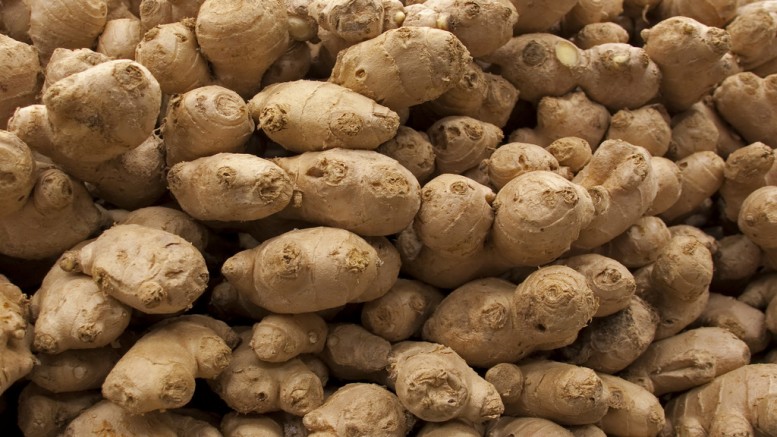For those who are in danger for stroke or have high blood pressure, your physician may prescribe blood thinners. Xarelto, Plavix and coumadin have become household names, as are the conditions they fight — pulmonary thrombosis and pulmonary embolism. Both states are due to deep vein thrombosis, or a blood clot in the leg that goes to a lung artery. By preventing blood clots from forming blood thinners can reduce the risk of thrombosis.
Clotting is natural and essential, while blood clots sound terrifying. Clots form to stop excessive blood loss. Afterward, clots can break off and travel via your bloodstream to your lungs, heart, or brain. The end result is pulmonary embolism, heart attack, or stroke, all of which are often lethal.
Anticoagulants prevent from working to form clots, Vitamin K, which is seen in dark leafy greens. From discharging thromboxane, which is, in addition, required for blood clotting, Antiplatelets prevent the platelets in your blood.
With every medication comes side effects and, prescription blood thinners such as Xarelto are no different. Blood thinners can serious cause problems like bleeding too much from heavy menstrual bleeding, or a minor wound. Uncontrolled bleeding is the largest reason for Xarelto Lawsuits. You also might experience headaches, dizziness, stomach problems, or jaundice.
In case you want to prevent these negative effects, there are a few non-prescription assistance which may help. A word of warning: Request your physician before attempting your own natural option. A nonprescription strategy might not work for you or could even interfere with other medications regimens.
None of these drugs is a treatment for clotting, however they do reduce risk.
Pregnant girls in addition to people who have pernicious anemia or bleeding disorders should not use blood thinners. If this describes you, speak with your physician about trying a few of these food-based strategies.
1. You may understand turmeric as one of the spices that provide your favourite curry dishes a yellowish colour. It’s also been used as a folk medicine for millennia. Curcumin works like an anti platelet.
2. Ginger is in exactly the same family (and sometimes in the exact same hot dishes) as turmeric. Ginger contains salicylate, an acid found in several plants. A derivative of salicylate, acetylsalicylic acid (also called good old aspirin) is related to stroke prevention. Other foods that contain salicylate, for example avocados, some berries, chilies, and cherries, could also play a role in keeping blood from clotting, but more study is required to see if they’re as powerful as prescription medicines.
3. Vitamin E has anti-clotting properties, so foods high in vitamin E may act as blood thinners. Great sources of the vitamin include most tree nuts, whole grain wheat products, and a few dark green vegetables like spinach… although spinach is, in addition, an excellent source of vitamin K, which has the opposite effect!
Ginger, turmeric, and vitamin E have potential as blood thinners. They may even be great alternatives to drugs, depending on your own situation. Nevertheless, always speak to your own doctor before you attempt anything that could have such a major effect in your wellbeing.
REFERENCES
- Marcello Spinella (2001). The Psychopharmacology of Herbal Medications: Plant Drugs That Alter Mind, Brain, and Behavior. MIT Press. pp. 272–. ISBN 978-0-262-69265-6. Retrieved 13 April 2013.
- H. Vogel, J. Pelletier, Curcumin-biological and medicinal properties, Journal de Pharmacie. 1815;I:289.
- Priyadarsini KI (2014). “The chemistry of curcumin: from extraction to therapeutic agent”. Molecules 19 (12): 20091–112. doi:10.3390/molecules191220091.PMID 25470276
- Brigelius-Flohé R, Traber MG; Traber (1999). “Vitamin E: function and metabolism”.FASEB J. 13 (10): 1145–1155. PMID 10385606
